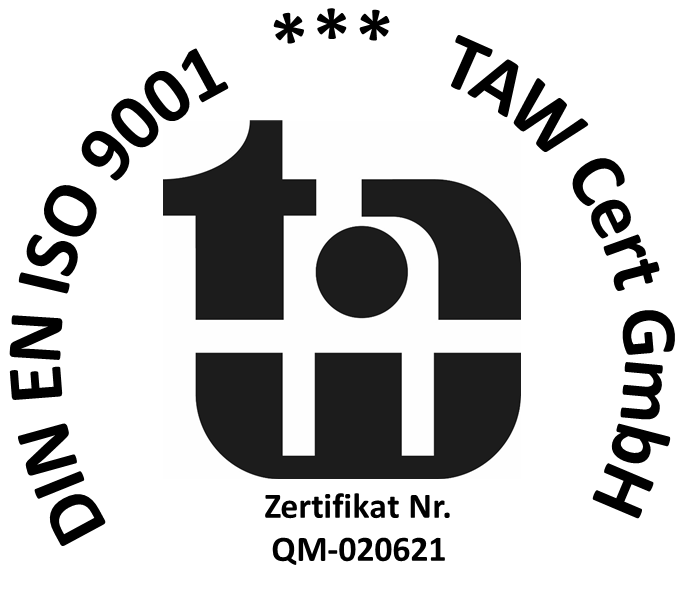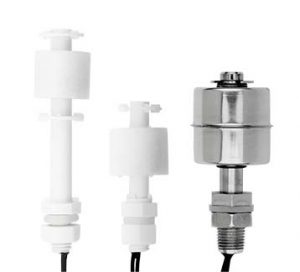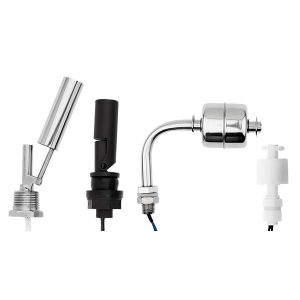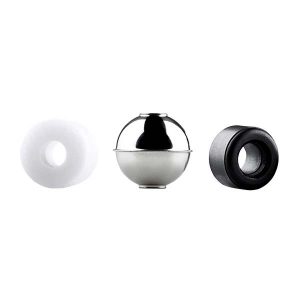Sensor Technology Reed technology Level sensors & floats
Level sensors & floats
It is hard to imagine today’s world without Reed-based level sensors in countless applications. Mostly in secret, they ensure that we are either warned in time in many areas of our lives or can simply react more specifically to information or a condition.
Numerous possibilities
Our level sensors & floats at a glance
Principle of operation use of level sensors
Level
Level 1
Removable tank
with float
Level 2
Fixed tank, side mounting
with level-side sensor
Level 3
Fixed tank
with Level-Top-Sensor
How does a Reed level sensor work?
Once you have understood the Reed contact or switch, the operating principle of a level sensor is also easy to understand. There are usually two principles, which are mainly used to measure the level. The basic principle however is always the same.
Fixed installed
As in all Reed-based applications, a magnet installed in a float closes a Reed contact. This is installed in a riser tube or a housing connected to the float.
Free floating
In some applications, however, this system cannot be used because the tank to be monitored is removable and therefore the level sensor cannot be installed directly. In this situation, a separate float and a separate sensor are used. These principles are explained in detail in the diagram above.
These Reed switch forms are used
Form-A
Closer | SPST-NO
Form-B (2)
Opener | SPST-NC
Form-C
Switch | SPDT
Examples of applications
- Level monitoring in tank systems
- Level monitoring of the disinfecting liquid in disinfection plants
- Detection of the amount of rinse aid or salt in the dishwasher



